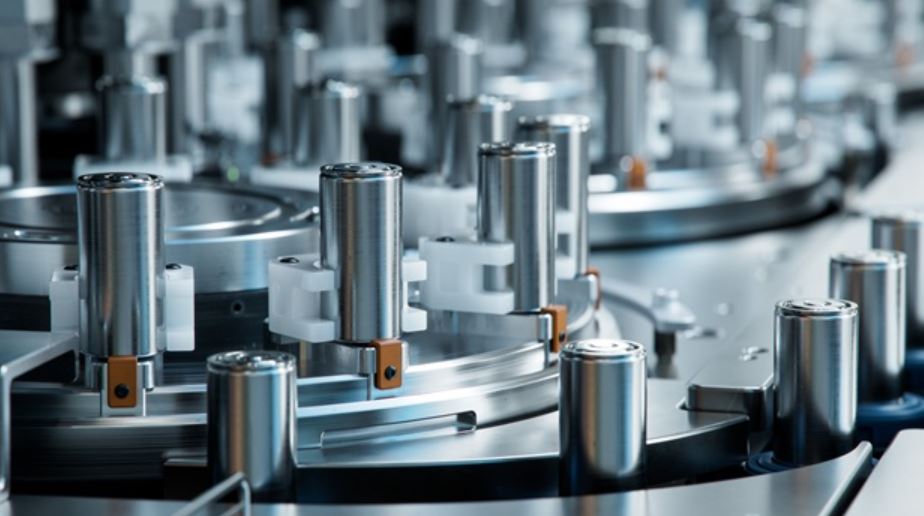 Hey there! If you’re interested in cutting-edge battery technology, you’ll want to hear about this. Researchers from Dongguk University, led by Professor Jae-Min Oh, have teamed up with Kyungpook National University to create something truly exciting—a new composite material that could revolutionize lithium-ion batteries.
Hey there! If you’re interested in cutting-edge battery technology, you’ll want to hear about this. Researchers from Dongguk University, led by Professor Jae-Min Oh, have teamed up with Kyungpook National University to create something truly exciting—a new composite material that could revolutionize lithium-ion batteries.
This innovative material brings together reduced graphene oxide (rGO) and nickel-iron layered double hydroxides (NiFe-LDH), forming a hybrid structure that enhances battery performance significantly. By combining the conductive prowess of graphene oxide with the energy storage strengths of nickel-iron compounds, they’ve engineered a material at the nanoscale level that really packs a punch. The result? A lithium-ion battery anode with a whopping specific capacity of 1687.6 mA h g −1 at 100 mA g −1, even after 580 cycles. Pretty impressive, right?
So, how did they pull this off? The team used a layer-by-layer self-assembly method, employing polystyrene bead templates to build the composite. These templates were coated with precursors and then removed to create a hollow sphere architecture. A bit of thermal treatment turned the NiFe-LDH into a mix of nanocrystalline nickel-iron oxide and amorphous nickel oxide, while also reducing graphene oxide to rGO.
This design does more than just boost performance; it also improves stability by preventing direct contact between nanoparticles and the electrolyte. The battery maintains a high capacity even at higher charge/discharge rates, outperforming traditional materials.
Professor Seung-Min Paek emphasized the teamwork involved, saying, “This breakthrough was made possible through close cooperation between experts in diverse materials. By combining our strengths, we were able to design and optimize this hybrid system more effectively.” Professor Jae-Min Oh added, “We anticipate that, in the near future, energy storage materials will move beyond simply improving individual components. Instead, they will involve multiple interacting materials that create synergy, resulting in more efficient and reliable energy storage devices.”
Published in the Chemical Engineering Journal, this research is paving the way for smaller, lighter, and more efficient energy storage solutions. Imagine the potential applications in various electronic devices and sustainable energy systems! This advancement could lead to significantly improved batteries with longer lifespans and faster charging times within the next decade.








